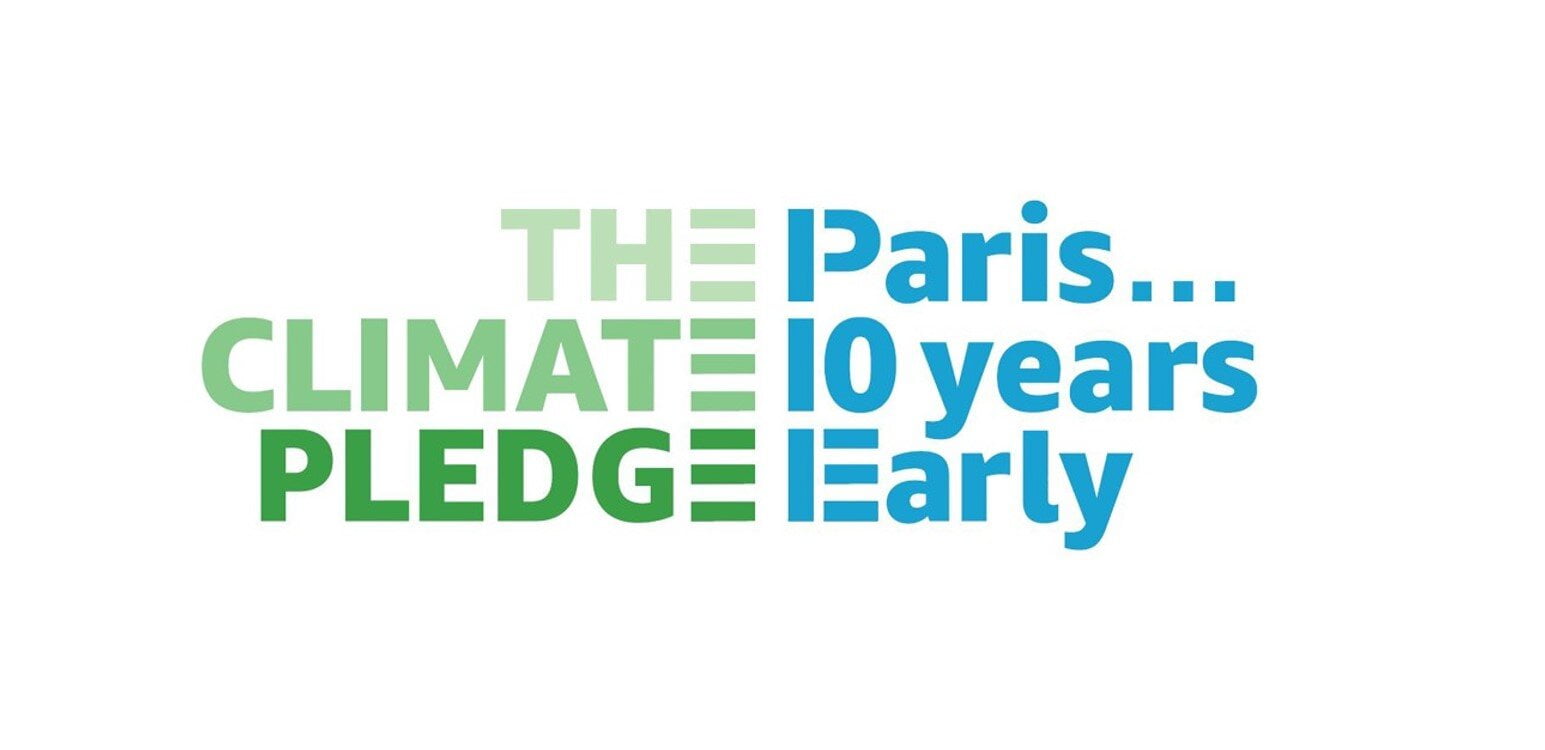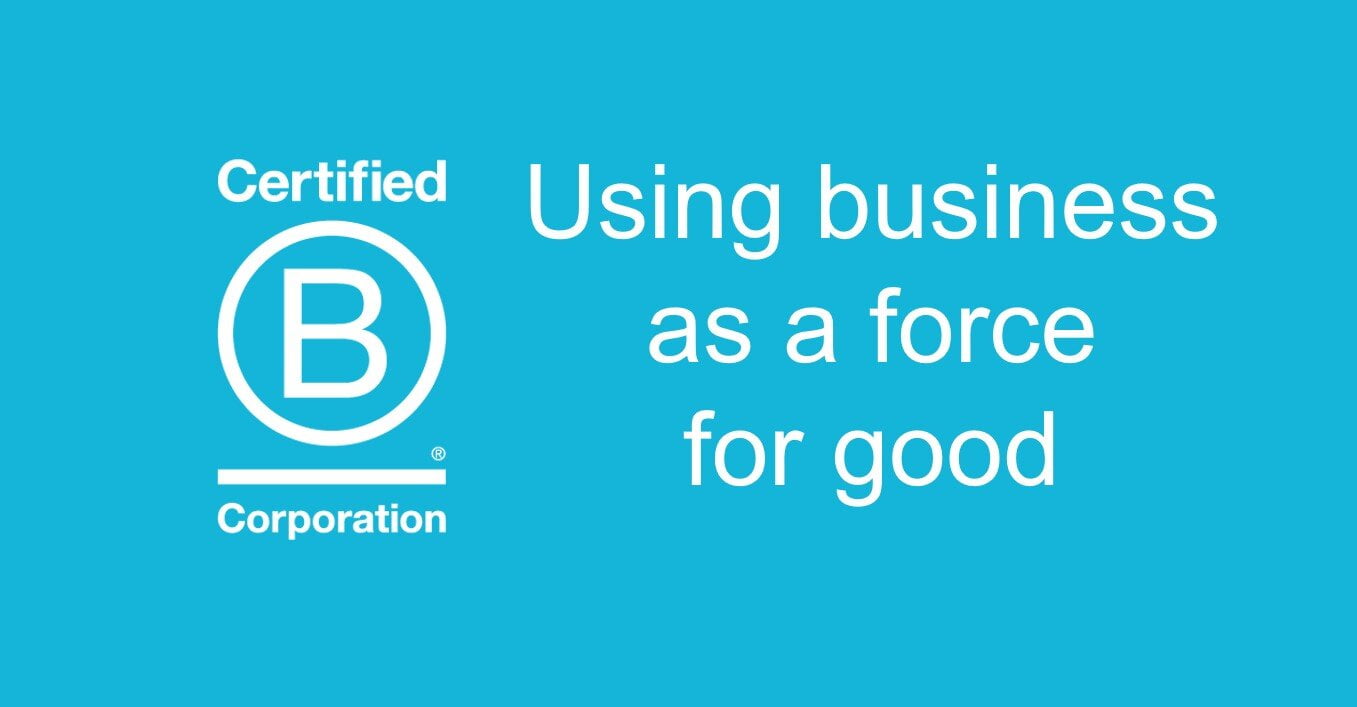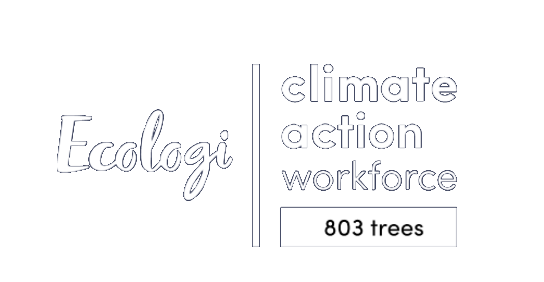In an effort to raise awareness about the urgency of collective climate action, Amazon has recently unveiled its own ads encouraging people – or rather businesses – to ‘accept the challenge’ to tackle the current crisis.
As arguably one of the biggest carbon contributors in the world, Amazon’s ‘Challenge Accepted’ campaign has been met with reasonable disdain, many accusing the company of hypocrisy. After all, 2018 was the first year the retail giant disclosed their carbon footprint and, even after doing so, their carbon emissions have continued to rise year on year. From 2019 to 2020, this number surged by 19%, the company admitting that over 60.64 million metric tonnes of carbon dioxide were emitted during this time frame.
So, why is Amazon pushing this message now?
In the wake of the G7 Leaders’ Summit, and just ahead of the COP26 UN Climate Change Conference, we’re seeing more and more businesses re-evaluating their impact and committing to operate in a more sustainable manner.
This ‘Challenge Accepted’ campaign, as part of their ongoing Climate Pledge, is just one of the ways Amazon is attempting to do their bit.
What is The Climate Pledge?
Following the release of Amazon’s first carbon footprint report, the company announced that it would be setting new environmental targets. To reduce its impact on the climate, ‘driving out carbon’ – as the business terms it – would be the first wall to climb.
In 2019, in collaboration with Global Optimism, Amazon co-founded The Climate Pledge, an ambitious commitment to reach net-zero carbon by the year 2040. This is a full 10 years ahead of the multilateral 2050 target that was set in the Paris Agreement (and discussed at the G7 summit)!
Amazon was the first major company to join this pledge, but it certainly doesn’t stand alone in its mission. Since its inception, many big-name brands – like Visa, PepsiCo, Microsoft and Unilever – have signed up to ‘decarbonise the economy’. As of August 2021, the complete number of signatories sits at an impressive 114 (across 16 countries and 25 different industries).
What does The Climate Pledge consist of?
Signatories of this pledge must commit to following three basic pillars:
1. Regular reporting – Each company must measure and take note of their greenhouse gas emissions on a regular basis.
2. Carbon elimination – Businesses must implement strategies that will help them reduce their carbon emissions and minimise their impact on the environment. Such actions might include making efficiency improvements, switching to renewable energy sources or just generally reducing material usage.
3. Credible offsets – Any remaining emissions must be neutralised by real, quantifiable offsets that will allow The Climate Pledge to reach its 2040 net-zero carbon goal.
What is Amazon doing to confront the climate crisis?
Amazon has taken a number of measures to hit their 2040 net-zero target. Promising to power their operations with 100% renewable energy by 2025, the company now runs a total of 232 renewable energy projects worldwide. 85 of these are utility-scale solar and wind projects, and the remaining 147 are on-site solar systems.
Amazon is also working on transforming their transportation network by partnering with Rivian to swap out their current fuel-powered fleet for vans that run on compressed natural gas. In 2019, they ordered 100,000 custom electric delivery vehicles, the first of which were rolled out in Los Angeles in February 2021. In 2020, they expanded their European delivery fleet by ordering 1800 electric vans from Mercedes-Benz, another signatory of The Climate Pledge.
Packaging-wise, the company has been working hard to both reduce waste and come up with sustainable alternatives. This year they’ve managed to reduce the weight of outbound packaging by over 36% and, since 2015, over one million tonnes of packaging material has been eliminated.
They’ve also come up with a Shipment Zero initiative, which promises that 50% of Amazon shipments will be net-zero carbon by 2030. This relies on Amazon using clean energy in their factories and fulfilment facilities, as we saw above, as well as figuring out ways to deliver customer orders packaging-free.
Limitations of The Climate Pledge
Environmental not-for-profit organisations, like Greenpeace, have been critical of Amazon’s Climate Pledge, arguing that – despite its promises – the retailer is still doing more to accelerate the climate crisis than it is to fix it. Many see this pledge as more of a marketing ploy than an actual commitment to saving the planet and, given the absence of tangible results, it’s not difficult to understand why.
The main issue with The Climate Pledge is that it lacks transparency and regulation. This new pact doesn’t adhere to CDP standardised guidelines on how metrics should be measured and reported. There also doesn’t seem to be any consequences for businesses who fail to lower their emissions or reduce their environmental impact.
What can businesses do instead?
If a business is serious about taking accountability for its actions and committed to creating both environmental and social change, the best way to do this is to become a B Corp. B Corp certification ensures that companies meet the highest levels of social and environmental performance, rigorous standards which are regulated by the B Lab Standards Advisory Council (SAC).
Becoming a B Corp also pushes businesses to strive to do better. It’s not just a matter of signing a pledge, it’s a case of proving that your business is already benefitting both people and planet and that you have actionable plans to improve even more.
B Corp certified companies have revolutionised the world of business by showing that profit should not come at the expense of environmental or social damage. It is possible to do good and be successful, and The Climate Pledge demonstrates just how big brands are starting to get on board with this idea.
For more information about Amazon’s Climate Pledge, visit the website here: https://www.theclimatepledge.com/challengeaccepted
Plus, if you enjoyed reading this article and want to find out more about how your business can reduce its environmental impact, head over to the Business On Purpose support page or send an email to: andy@businessonpurpose.uk







